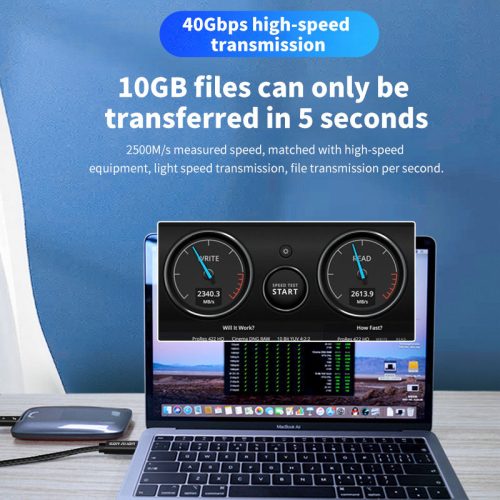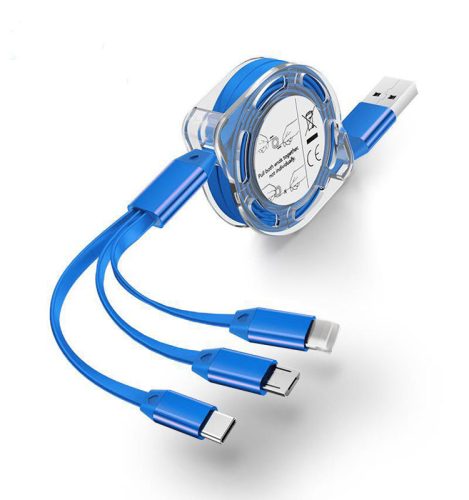The printing process for earphones typically refers to the method of adding visual designs, logos, or patterns onto the surface of the earphone’s housing or other components. The printing way can vary depending on the materials used for the earphone’s construction. Here are some common printing methods used for earphones:
- Pad Printing: Pad printing is a popular printing method for earphone housings made of plastic or other smooth surfaces. In this process, a silicone pad is used to transfer ink from an etched plate onto the earphone’s surface. It allows for precise and detailed designs to be applied to curved or irregular shapes.
- Digital Printing: Digital printing is a more modern technique that involves directly printing the design onto the earphone’s surface using specialized digital printers. It is suitable for complex, multicolor designs and can be used on various materials, including plastic and metal.
- Screen Printing: Screen printing is commonly used for earphones with fabric or mesh elements. A mesh screen is used to apply ink to the material, creating a vibrant and durable design. This method is often used for earphone cables or fabric earbud covers.
- UV Printing: UV printing utilizes ultraviolet light to cure ink onto the surface of the earphones. It is known for its ability to produce sharp and high-resolution designs quickly. UV printing is suitable for both smooth and textured surfaces.
- Laser Engraving: Laser engraving is a process that involves using a laser beam to remove the top layer of material from the earphone’s surface, creating a permanent design or logo. It is commonly used on metal earphone housings for a premium and long-lasting finish.
- Heat Transfer Printing: Heat transfer printing involves applying a design onto a transfer paper and then transferring the ink from the paper to the earphone’s surface using heat and pressure. This method is often used for customizing earphones with unique designs.
The choice of printing method depends on factors like the material of the earphone housing, the complexity of the design, budget constraints, and the desired finish. Manufacturers may use a combination of these printing methods to achieve specific visual effects or cater to different product lines. It’s essential to choose a printing method that ensures durability and maintains the earphone’s overall performance and quality.


